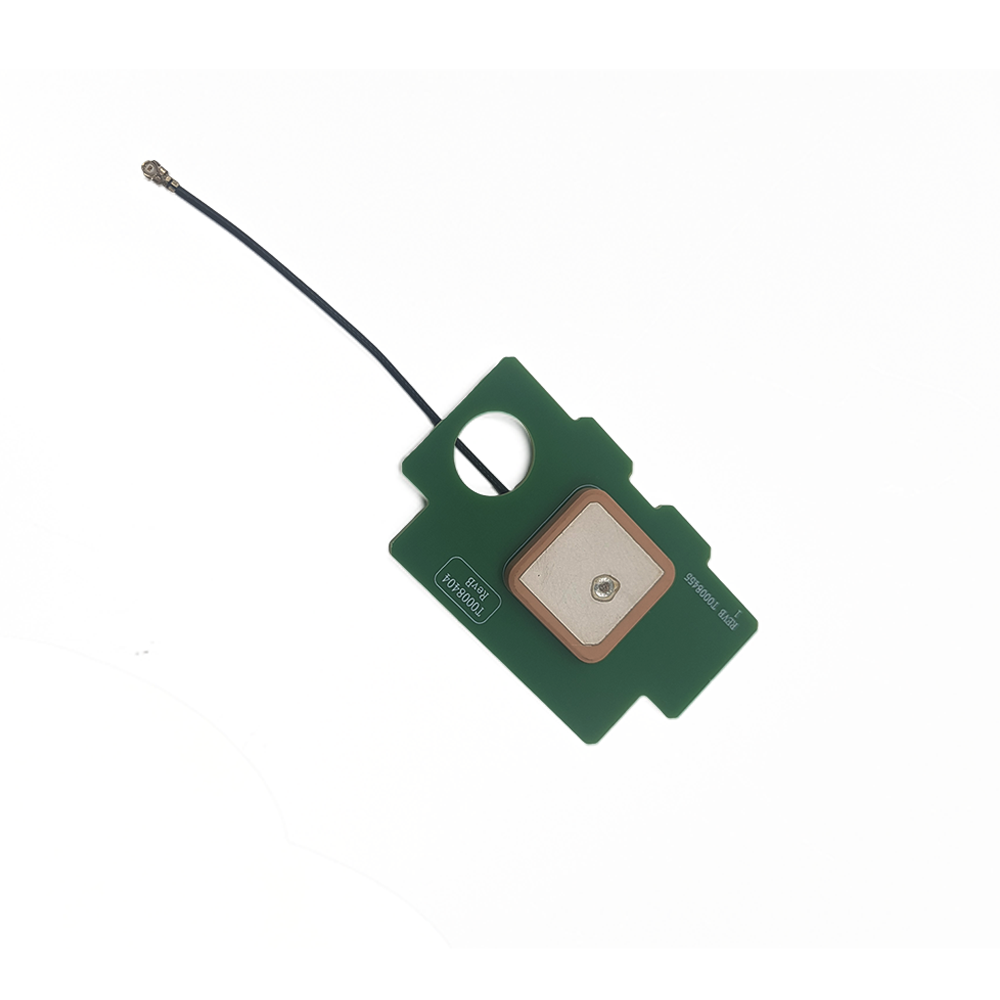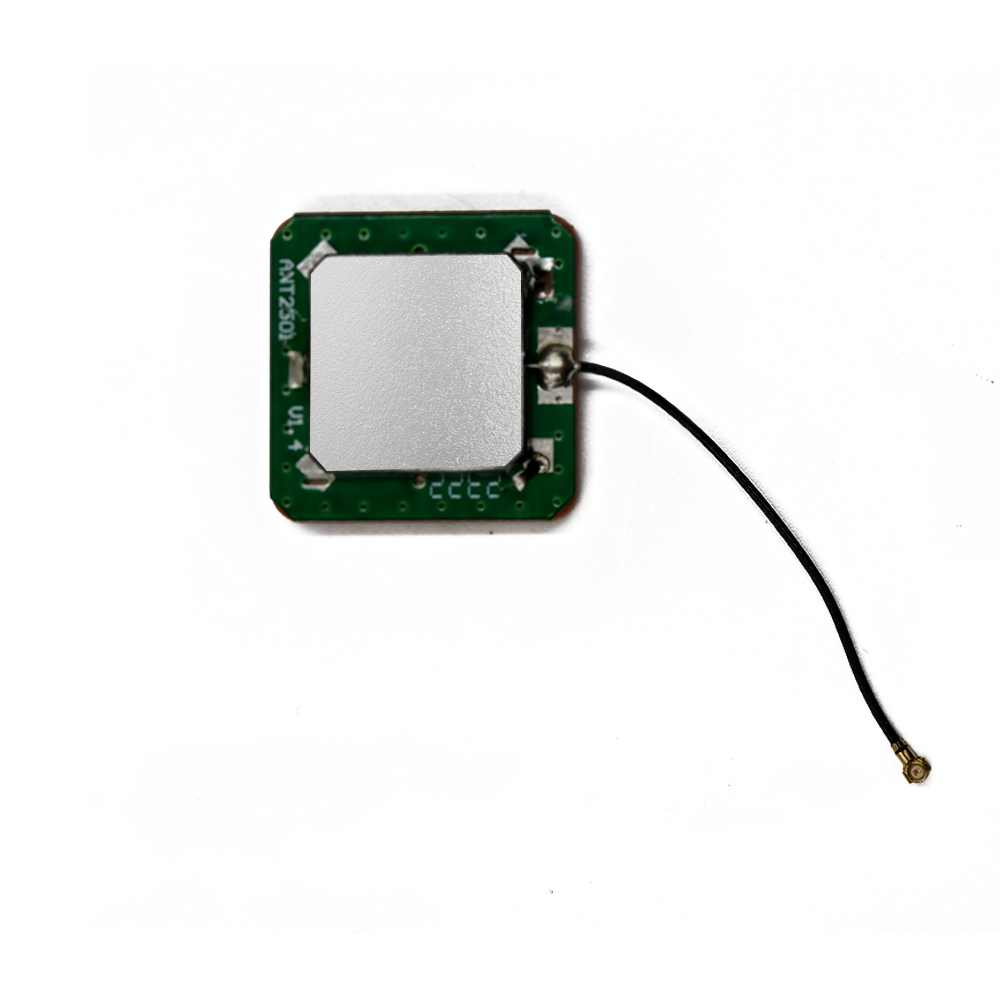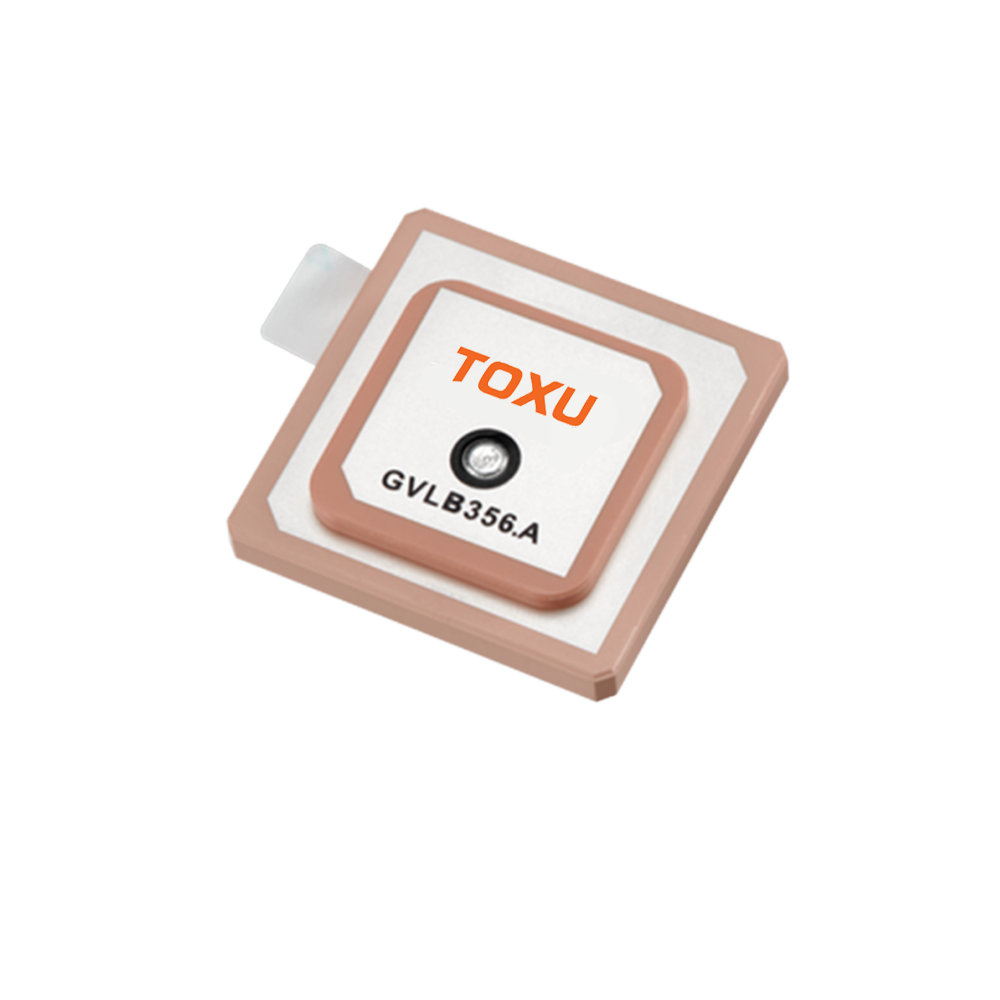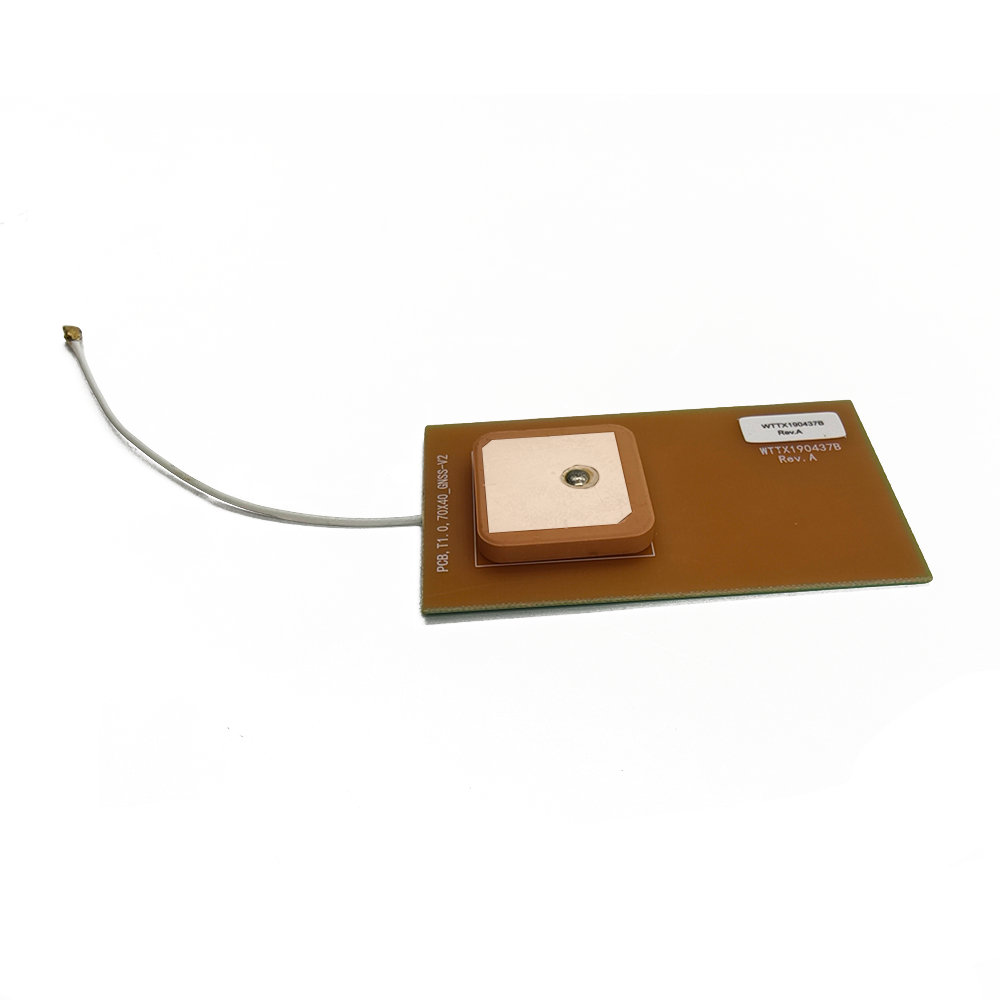Overview
1.1 Market Evolution and Demand Drivers
The UAV GNSS antenna market has grown exponentially, driven by:
Regulatory Mandates: Governments now require drones to operate within strict airspace corridors, necessitating high-precision navigation.
Industrial Automation: Enterprises in construction, mining, and logistics demand drones for automated stockpile measurement and site monitoring.
Technological Advancements: Multi-constellation support (GPS, GLONASS, Galileo, BeiDou) and multi-frequency reception (L1/L2/L5) have improved signal reliability in urban canyons and dense foliage.
Key Market Players:
GeoAstra: Offers the ANT506 (L1/L2 dual-band) and ANT501 (L1/L5 dual-band) built-in antennas for UAVs.
Calian: Specializes in low-profile, IP69K-rated antennas for harsh environments.
Taoglas: Provides customizable GNSS antennas with integrated LNAs for UAV telematics.
1.2 Core Benefits of RTK for UAVs
Centimeter-Level Accuracy: Enables precise geotagging of aerial imagery and LiDAR data.
Reduced Ground Control Points (GCPs): Eliminates the need for manual survey markers, cutting fieldwork time by 70%.
Enhanced Safety: Prevents collisions with obstacles by maintaining accurate positional awareness.
Real-Time Corrections: Unlike PPK (Post-Processed Kinematic), RTK delivers instantaneous accuracy without post-processing delays.
Design and Construction
Built-in GNSS RTK antennas for UAVs are engineered to balance performance, size, and weight constraints while withstanding aerodynamic forces and environmental stressors.
2.1 Key Components
Ceramic Patch Antenna:
Material: High-εr zirconia-titania composites (εr = 9–15) for miniaturization.
Geometry: Dual-layer stacked patches for multi-band operation (e.g., L1/L2 or L1/L5).
Feeding Mechanism: Multi-feed points enable simultaneous tracking of multiple frequencies.
Low-Noise Amplifier (LNA):
Gain: 25–30 dB to boost weak signals in urban environments.
Noise Figure: <1.5 dB to maintain SNR >40 dB for reliable RTK fixes.
Ground Plane Optimization:
Material: Carbon fiber or aluminum alloy for lightweight rigidity.
Shape: Circular or square PCBs (10–15 cm diameter) to minimize multipath interference.
Testing: Ground planes are validated using anechoic chambers to ensure <±2 mm phase center stability.
EMI Shielding:
Ferrite Beads: Suppress noise from UAV power systems (12–24 V DC).
Conformal Coating: Protects against moisture and dust (IP67 rating).
2.2 Manufacturing Process
Ceramic Sintering:
Zirconia powder is pressed into molds and fired at 1,400°C to achieve 99% density.
Metallization:
Silver paste is screen-printed and cured at 850°C for high conductivity.
LNA Integration:
Surface-mount technology (SMT) attaches the LNA to the ceramic patch with <0.1 mm alignment tolerance.
Environmental Testing:
Vibration: Simulates UAV takeoff/landing (5–2,000 Hz, 20 G peak).
Thermal Cycling: Validates performance from -40°C to +85°C.
2.3 Automotive vs. UAV Antenna Differences
Parameter Automotive Antennas UAV Antennas
Weight 5–10 g <3 g
Size 15×15 mm 10×10 mm
Ground Plane Vehicle chassis Dedicated PCB or carbon fiber disk
Vibration Resistance 5–200 Hz, 5 G 5–2,000 Hz, 20 G
Working Principles
GNSS RTK antennas achieve centimeter-level accuracy through a combination of multi-frequency reception, real-time differential corrections, and advanced signal processing.
3.1 Signal Reception Mechanism
Satellite Signals:
GPS L1 (1575.42 MHz), L2 (1227.6 MHz), and L5 (1176.45 MHz) are transmitted with right-hand circular polarization (RHCP).
GLONASS, Galileo, and BeiDou signals are similarly encoded to ensure global compatibility.
Antenna Resonance:
The ceramic patch resonates at target frequencies, electromagnetic waves into electrical signals.
Example: A 10×10 mm patch on εr=12.5 ceramic resonates at L1 (1575.42 MHz) with a bandwidth of ±2 MHz.
LNA Boosting:
Weak signals (-130 dBm) are amplified to -100 dBm, improving SNR for RTK processing.
3.2 RTK Correction Workflow
Base Station Setup:
A ground-based RTK base station (e.g., VBOX 3i RTK) transmits correction data (carrier phase and pseudorange) to the UAV via radio or LTE.
Rover Antenna Reception:
The UAV’s built-in antenna receives both satellite signals and base station corrections.
Real-Time Processing:
The onboard GNSS receiver (e.g., UNI-GR1 RTK) solves for integer ambiguities to achieve centimeter-level accuracy.
3.3 Multi-Path Mitigation
Choke Rings: Surround the patch to suppress ground reflections.
Spatial Diversity: Dual antennas (e.g., VBOX 3i’s twin-antenna setup) improve heading accuracy in dynamic flight.
Advanced Algorithms: Kalman filters and machine learning models reject multipath signals in real time.
Advantages and Challenges
-
4.1 Advantages
Precision: Enables 3D modeling with <2 cm vertical accuracy.
Efficiency: Reduces fieldwork time by 50% compared to PPK systems.
Scalability: Supports swarm operations where multiple UAVs share RTK corrections.
4.2 Challenges
Cost: RTK-enabled antennas cost 3–5× more than standard GNSS antennas.
Base Station Dependency: Requires line-of-sight to the base station within 10 km.
Signal Obstruction: Urban canyons and dense foliage can degrade accuracy to meter-level.
Thermal Management: LNAs generate heat, necessitating heatsinks in compact designs.
Applications and Future Trends
-
5.1 Current Applications
Surveying and Mapping:
Drones like the DJI Phantom 4 RTK generate 2D orthomosaics and 3D point clouds with <5 cm accuracy.
Precision Agriculture:
Variable-rate application of fertilizers and pesticides based on RTK-mapped soil data.
Infrastructure Inspection:
Autonomous drones detect cracks in bridges and pipelines with <1 mm resolution.
5.2 Future Trends
5G + GNSS Convergence:
Co-designed antennas will support joint 5G NR and GNSS operation for low-latency UAV communication.
AI-Powered Positioning:
Neural networks will fuse GNSS, IMU, and computer vision data for GNSS-denied navigation.
Flexible Ceramics:
Printable ceramic inks will enable antennas to conform to UAV wings and fuselages.
Quantum GNSS:
Post-quantum cryptography will secure RTK signals against spoofing attacks.
Conclusion
GNSS RTK built-in antennas are redefining UAV capabilities by delivering centimeter-level accuracy in real time. Their adoption is driven by the need for precision in industrial automation, environmental monitoring, and disaster response. While challenges like cost and base station dependency persist, ongoing innovations in multi-constellation support, AI-powered positioning, and flexible ceramics promise to overcome these barriers. As the UAV market grows at a CAGR of 12.5% through 2030, RTK antennas will remain at the forefront of this transformation, enabling safer, more efficient, and more scalable aerial operations worldwide.




































































 Language
Language
 En
En Cn
Cn Korean
Korean

 Home >
Home > 








 18665803017 (Macro)
18665803017 (Macro)













